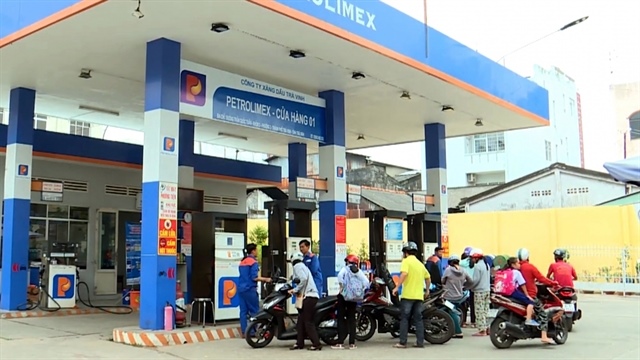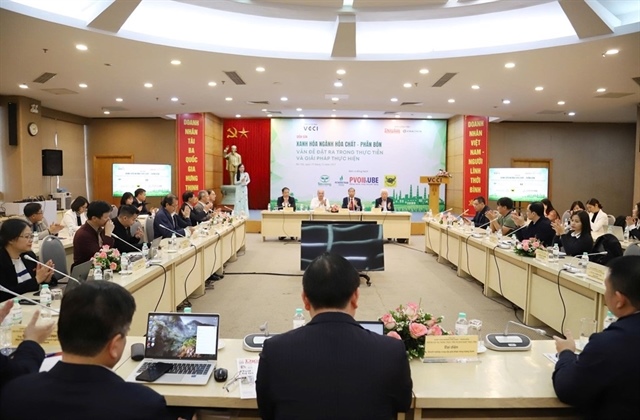Will Vietnam become industrialised by 2020?
Will Vietnam become industrialised by 2020?
Scattered investment has hindered the process of industrialisation, Deputy Head of the Party Central Economics Commission Pham Duong explained to the Viet Nam Economics Times.

It is said Viet Nam lacked a strong strategy for its 30-year industrialisation process. What's your position on that?
I don't think so, as the path of industrialisation and modernisation is a long process. At the 11th National Congress in 2011, the Communist Party of Viet Nam set the goal that Viet Nam would basically become an industrialised nation by 2020.
The 6th National Party Congress in 1986 was a milestone in Viet Nam's history. The congress decided it would eradicate bureaucracy and state subsidisation step-by-step and transition to a market economy.
It was also at that congress that Viet Nam embarked on a renewal process along the path of turning the nation into an industrialised and modern economy. From the 6th to the 11th National Party Congress, the Party's concept of industrialisation and modernisation has constantly changed to align with what has been happening inside and outside Viet Nam.
The renewal of the Party's theoretical ideology has been considered as a cornerstone of the nation's industrialisation and modernisation.
In your opinion, what have been Viet Nam's successes in the past nearly 30 years of renewal?
After nearly 30 years of renewal, Viet Nam has recorded many important achievements.
From a backward economy with about 90 per cent of its population living on agriculture, the country has laid a good technical foundation and socio-economic infrastructure for the goal of becoming an industrialised nation by 2020.
From a country with an agricultural-based economy, Viet Nam has been advancing toward an economy driven by industrial activities. The country is now a middle income nation and its economy is integrating deeper into the regional and global economy.
That is only 6 years from now. Do you think our goal of becoming an industrialised nation is achievable and that Viet Nam will be on par with other industrialised nations?
I have to concede there is a discrepancy between theory and practice in making Viet Nam an industrialised and modern economy.
The government has adopted many resolutions aimed at pushing the industrialisation course to a higher level. However, in reality, we lack specific and workable measures to implement the government's policies.
In my opinion, the industrialised and modernised models have leaned heavily on sectoral structure; extracting and selling natural resources and focusing the country's development on the width, not the depth. In addition, all economic sectors have used more capital than just the labour force and technology.
As a consequence, the process of industrialisation and modernisation has been impeded and have not been able to meet the demand for renewal.
It is high time for us to draw the lessons learned and put the path of industrialisation on the right track.
What measures should we take to put industrialisation on the right track?
Theoretically speaking, our model on industrialisation and modernisation is still a concept.
Our strategy has failed to define objectives for each period of development so that we can pull efforts to achieve them. Our investment has been scattered and less effective while our capital resources are limited.
Our road map to turn Viet Nam into an industrialised nation is not workable as it is not aligned with national and international conditions.
There are three driving forces on the path of industrialisation - state institutions, science and technology and human resources. They have not received sufficient investment.
On the path of socio-economic development, its important to pay attention to environmental protection as it is an important factor ensuring sustainable development.
Our economy at present is still at a low level of development and its comparative advantages and levels of efficiency remain low.
The danger of falling behind other countries with similar starting points like us, is imminent.
Our material industry and the number of products participating in the global supply chain is very small.
In addition to that, our localisation rate is very small while priority for exports is given to foreign investors.
Though transport infrastructure has been considered a breakthrough on the path of industrialisation, it remains very weak. As a result, it has created a bottleneck in the development process. All in all, we have to try hard in all domains to turn our dream of becoming an industrialised country by 2020.
vietnamnet






















